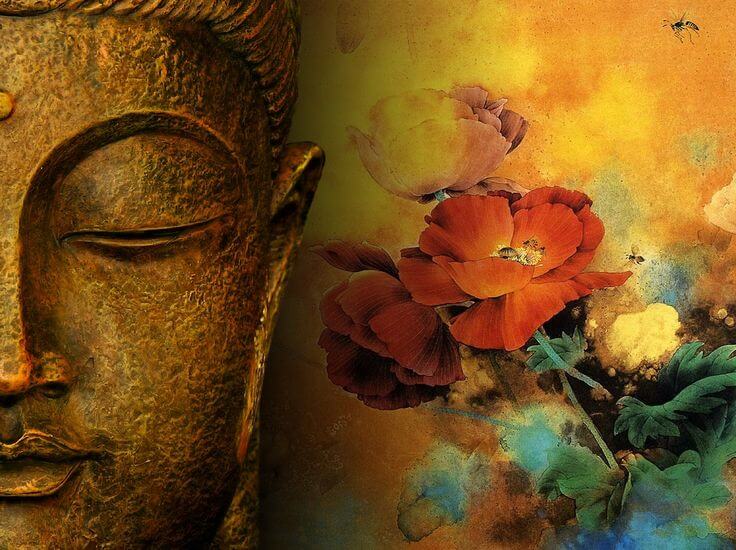Namaste is much more than a word of the ancient and beautiful Sanskrit language, contains a series of concepts that have made it universal and, in turn, has crossed borders.
Its meaning goes beyond the usual welcome and farewell in the practice of yoga; this term has in its ancestral roots an essence that must pump every day to the heart of humanity, however, it seems that we all take it off because the different labels that surround our fashion-addicted consumer society sometimes lose their true meaning, their form more intrinsic value.
- Is the sense of gratitude practiced today from the noblest perspective of humility?Do we tend to recognize others in the same way we recognize ourselves?This is what really merges with the word “Namaste”.
- And that’s why today we want to talk about it and those values that we don’t see so easily in our daily lives.
For Western society, the word? Namaste? It is closely related to yoga, however, all those who know the still interesting culture and religion of South Asia will know that this term usually passes through the daily life of Hindus, Buddhists and all those peoples who have equated this complete word with this ritual of greeting and farewell, symbolism, where the universal act of thanks also ends.
In fact, it should be noted that it is not a single word, but is the result of two terms:?Namas? What could we translate as? Greeting?Or ‘reverence’, which is rooted in ‘nam’, which means ‘prostrate’, the ‘soft’ and ‘te’, which would be a personal pronoun to set the phrase “I bow or bow before you. “
This idea shapes the spirituality that represents this culture, where we all form a whole, in union with the universe.
What does that mean? Something as interesting as this
? If we are all part of the same entity, what affects you also affects me, so I also recognize others as part of me, hence my respect, hence the word Namaste is symbolized in turn by the gesture of joining hands.
In doing so, we tell the other person that there are no differences between the two, that the two are identical, it is interesting to note that for Hinduism, the right hand represents divinity, the spiritual plane, while the left sets the ground and the devotee who leans toward this deity.
? By saying the word Namaste, we thank the other person and acknowledge him for what he has done; However, by thanking the other person I also recognize myself, because we both create a mutual bond, that is, if I help a friend to solve a problem, for example, and he thanks me, we both benefit: he for solve your problem and me for doing this noble act. We are both a whole where we recognize each other.
You may not be religious, you may not consider yourself a spiritual person capable of using the word Namaste from now on, we do not seek it in any way, we only intend to make you think of the values embedded in this word: gratitude and gratitude.
How do we include them in our daily lives? Think about these aspects
1. To apply the sense of gratitude, first you have to learn to be humble, but be careful, being humble does not mean giving everything to others and running out of anything.
To be humble is to know one’s own limits, to admit one’s faults, to know how to appreciate and appreciate simple things, to always have an open mind where one knows how to enrich one’s own, of what they offer us. The humble are grateful that they understand the true value of things like no one else.
2. Respect the people around you, respect nature and remember to respect yourself.
3. Value yours, answer, listen, learn. It means others and yourself as they deserve, as part of this “everything. “
Be happy for everything you do, for every aspect you get from others and for your surroundings, however small.
5. Thank you, do you always remember to be grateful for everything you see, feel, receive ?, because everything is part of you, and your person is also part of this set where you can find your true balance.

